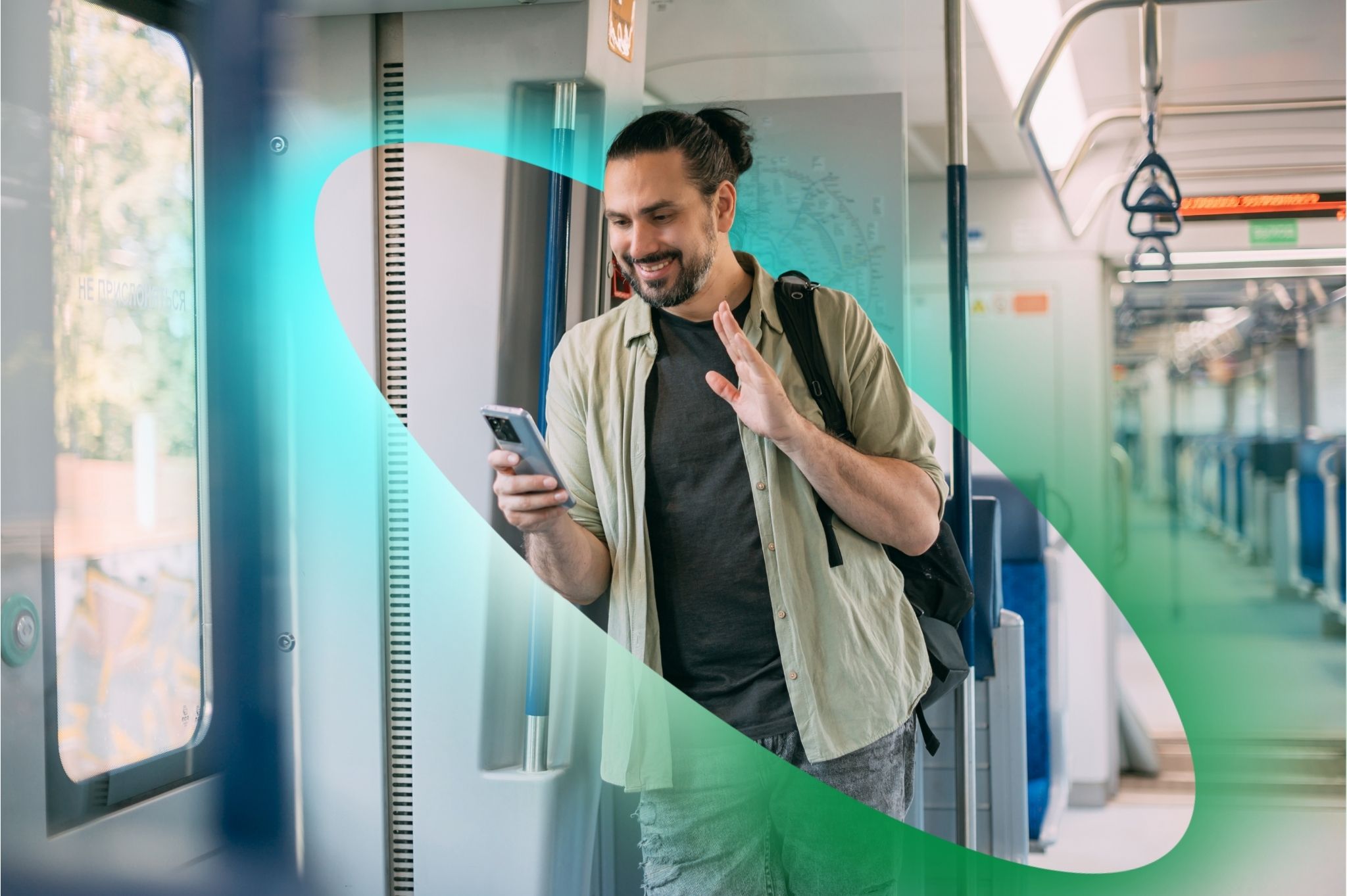Bringing mobile connectivity to train passengers and staff with Project Reach

By Simon Frumkin, CEO, Freshwave
In a time when passengers expect to browse, stream, and stay in touch wherever they go, Network Rail is leading the way with a bold move to enhance mobile connectivity for its passengers and staff. Their vision isn’t just about convenience; it’s about transforming the travel experience and making rail an even more attractive, future-ready choice, as well as more operationally efficient for staff. And we’re proud to be the connectivity infrastructure-as-a-service partner working with them and the mobile network operators (MNOs) to realise this vision.
The multi-year “Project Reach” encompasses the East Coast Main Line, the West Coast Main Line and the Great Western Main Line. We’re collaborating with Network Rail and the MNOs to bring high capacity 5G to 12 mainline stations and contiguous coverage through the mainline tunnels 250m and longer, which is a key enabler to delivering seamless service on trains.
We’ll also be covering the associated cuttings – a type of excavation made through high ground to allow a railway line to maintain a gentle gradient. In total, 57 tunnels and associated cuttings will have mobile connectivity deployed in them under Project Reach.
For passengers on these lines, Project Reach will make a noticeable difference in some of the most frustrating parts of their journey. The mobile connectivity will mean fewer dropped calls, smoother streaming, and more consistent access to travel updates – even when the train passes through deep cuttings or long tunnels. It’s a major step towards a more connected, reliable mobile experience on key parts of the UK rail network.
All tunnel designs will be in line with the JOTS rail coverage specifications, meaning they’ll be designed to work for all the MNOs from the outset.
By deploying C-RAN 4G/5G distributed antenna systems (DAS) with the MNOs in 12 Network Rail stations, millions of passengers and many staff in them will be able to enjoy assured mobile connectivity in these high footfall venues. The stations that will be covered are Birmingham New Street, Bristol Temple Meads, Edinburgh Waverley, Glasgow Central, Leeds, Liverpool Lime Street, London Euston, London King’s Cross, London Liverpool Street, London Paddington, London Waterloo, and Manchester Piccadilly.
We’re currently in discussions with all the MNOs about them joining Project Reach and look forward to sharing updates when details are confirmed in coming months. We’ll be agreeing the order of deployment for the tunnels and stations in collaboration with Network Rail and the MNOs.
Project Reach is going to make a real difference to passengers and staff in stations as well as while on the move on the three main lines. None of this would have been possible without the long-term strategic ambition of Network Rail and, in particular, its CFO, Jeremy Westlake.
Network Rail’s Corporate Finance and Business Development Director, Harriet Hepburn, its Director of Telecoms Operations, Brian Hatfield, and their respective teams, also played a vital role in setting this major project in motion.
I’m also very grateful to our Executive Chairman, Graham Payne, whose career in telecoms includes helping to introduce the first onboard Wi-Fi for UK trains. It’s been a career-long dream of his to enhance mobile connectivity on the UK’s train lines, and he’s been at the heart of our Project Reach efforts for many years, ultimately being instrumental in shaping the direction of the project.
We’re definitely all aboard and looking forward to the journey ahead.